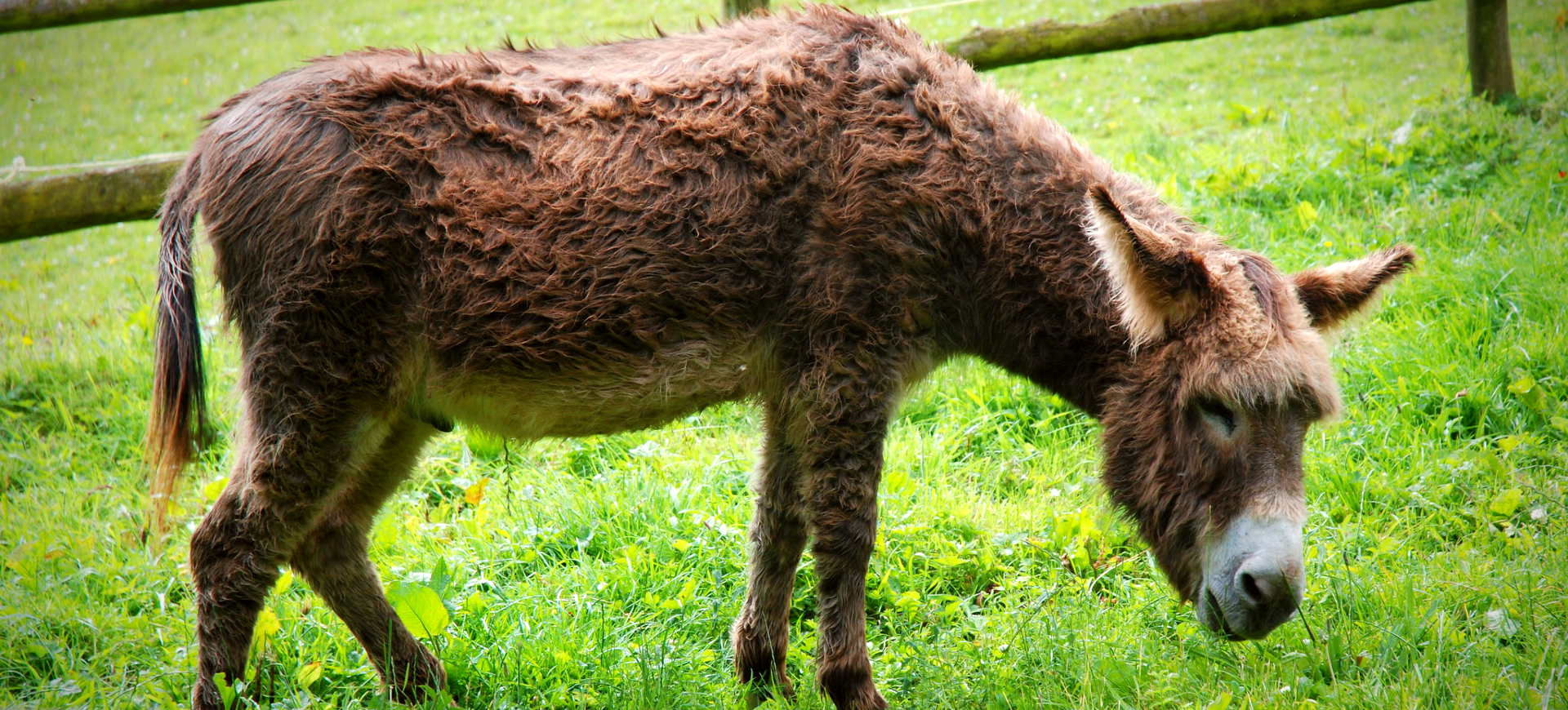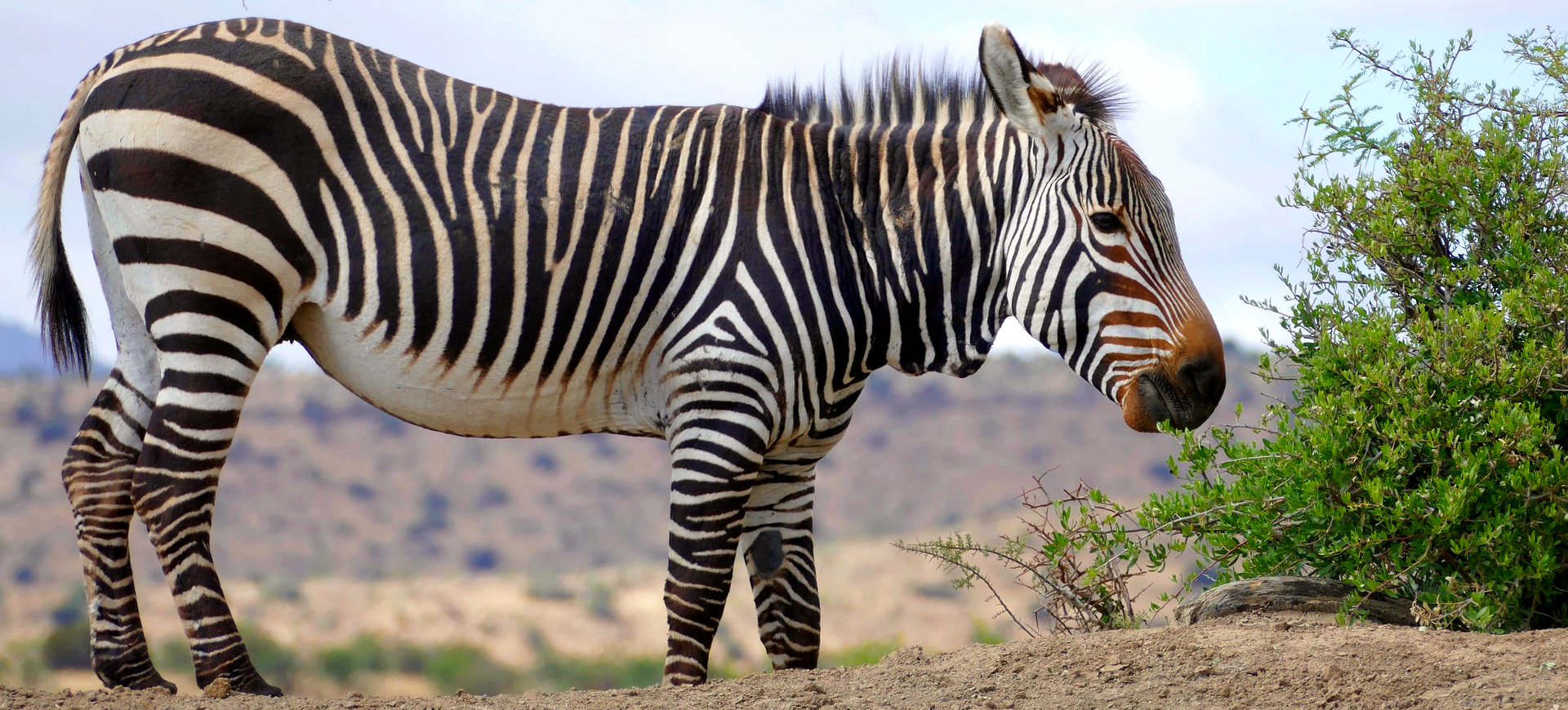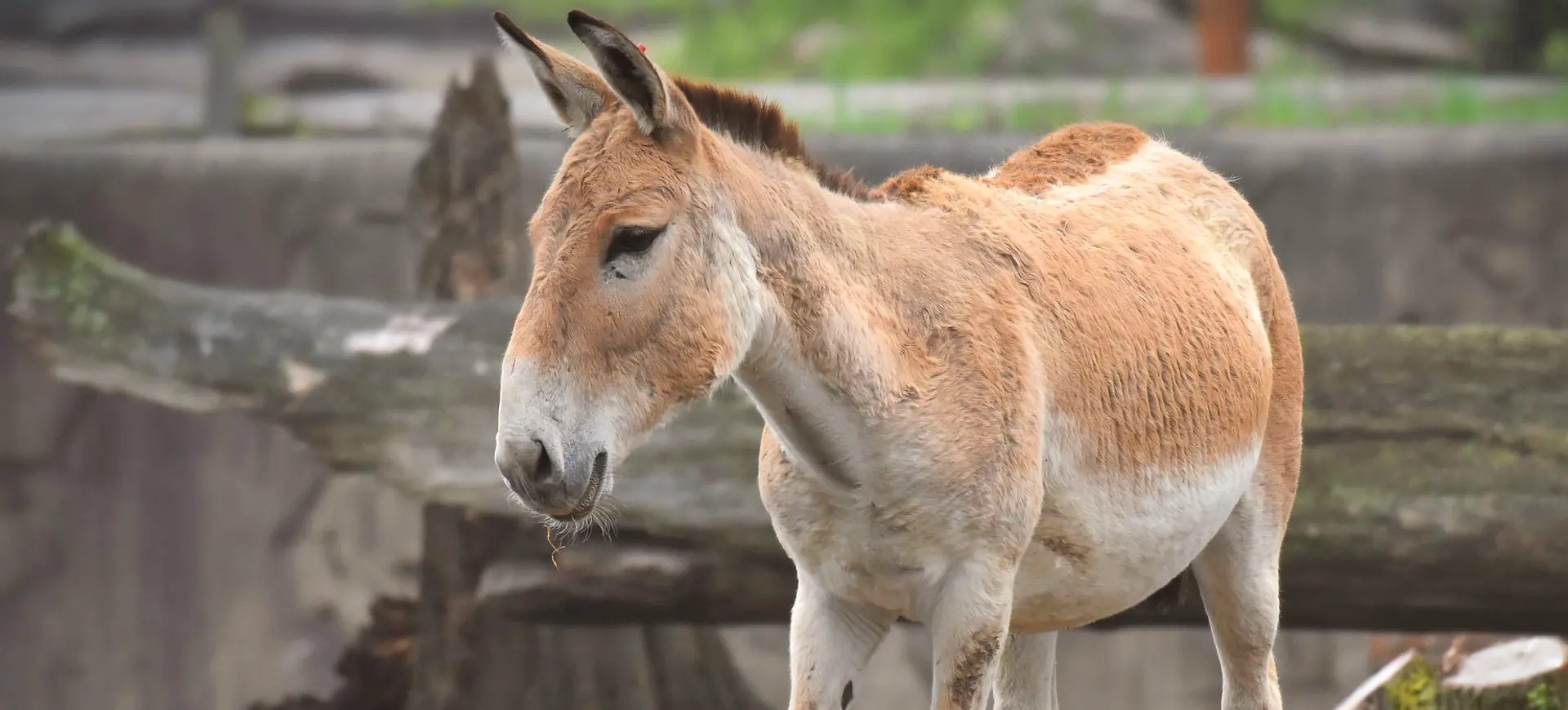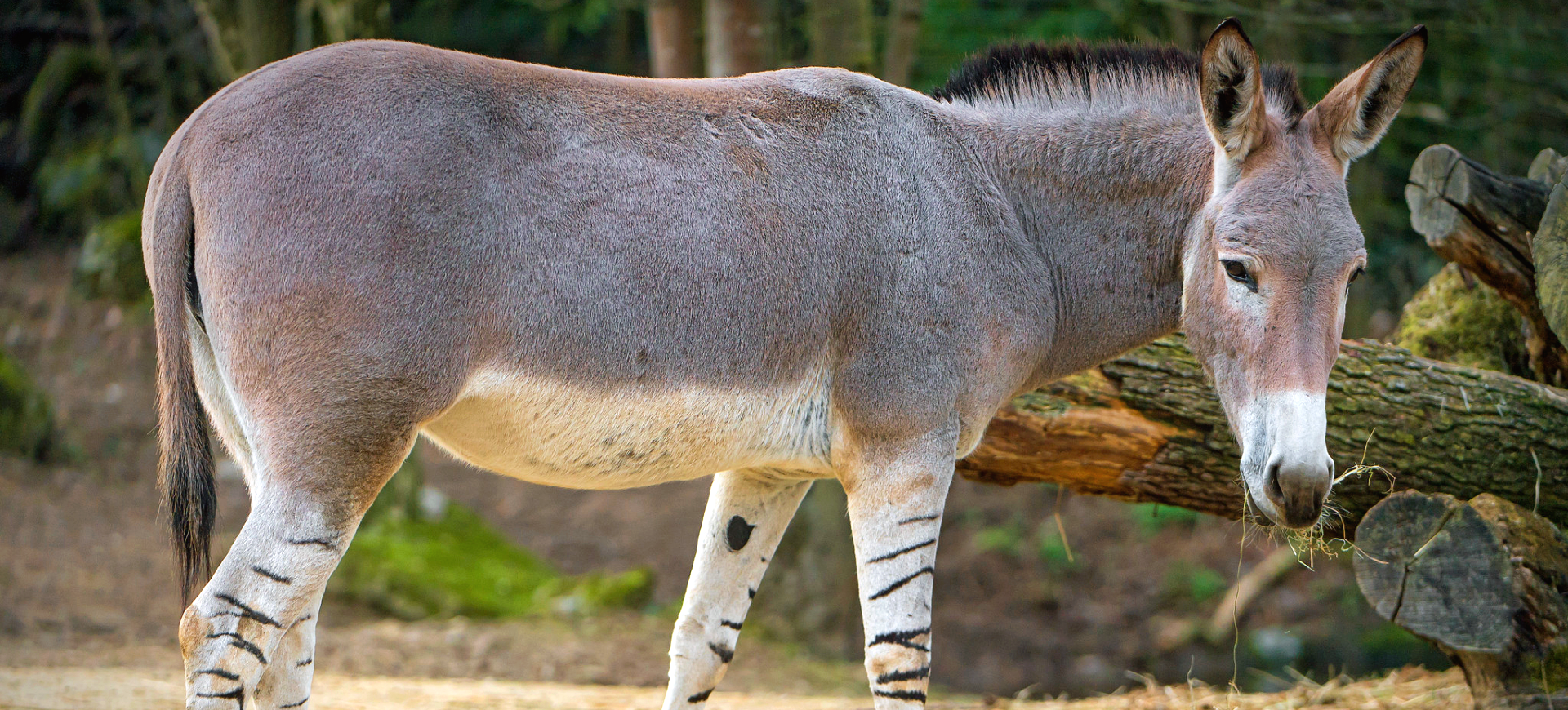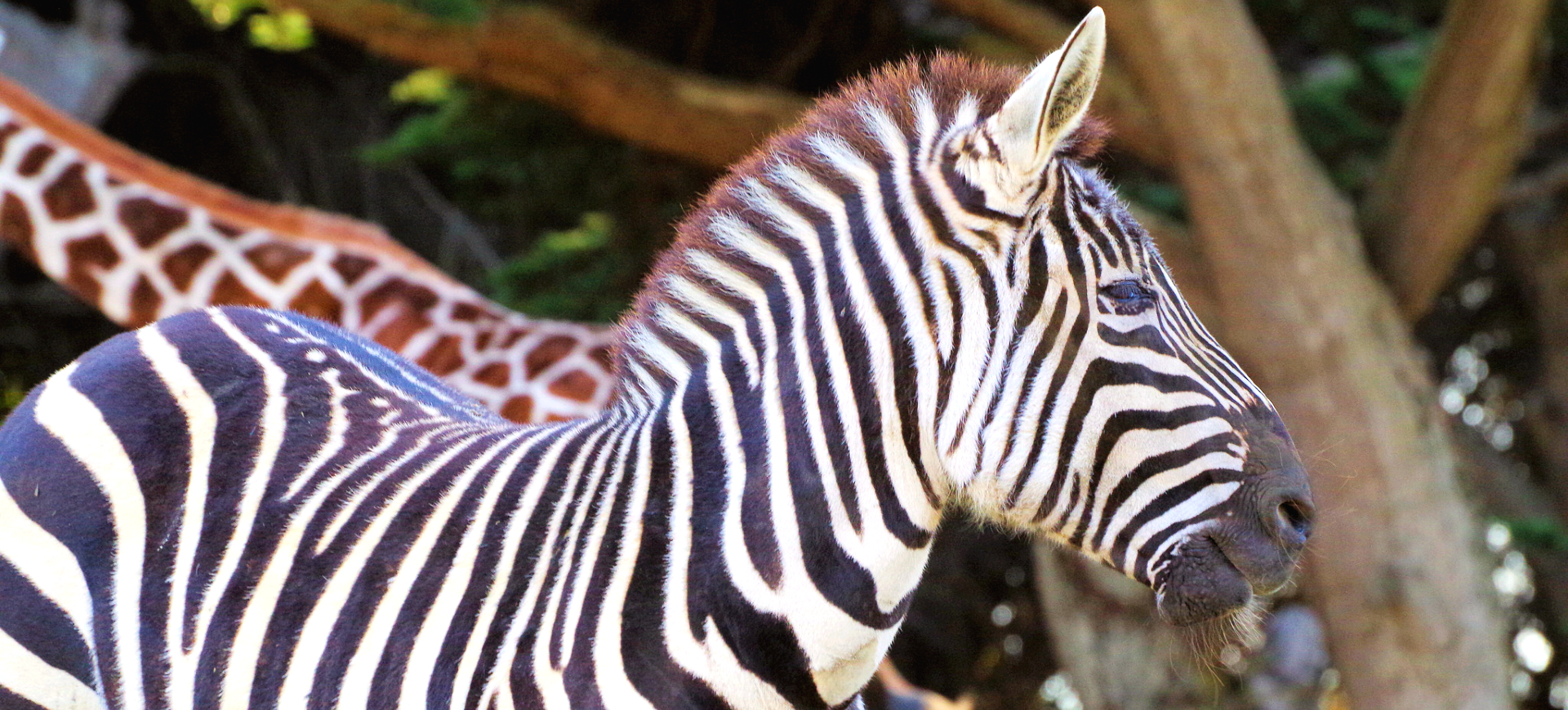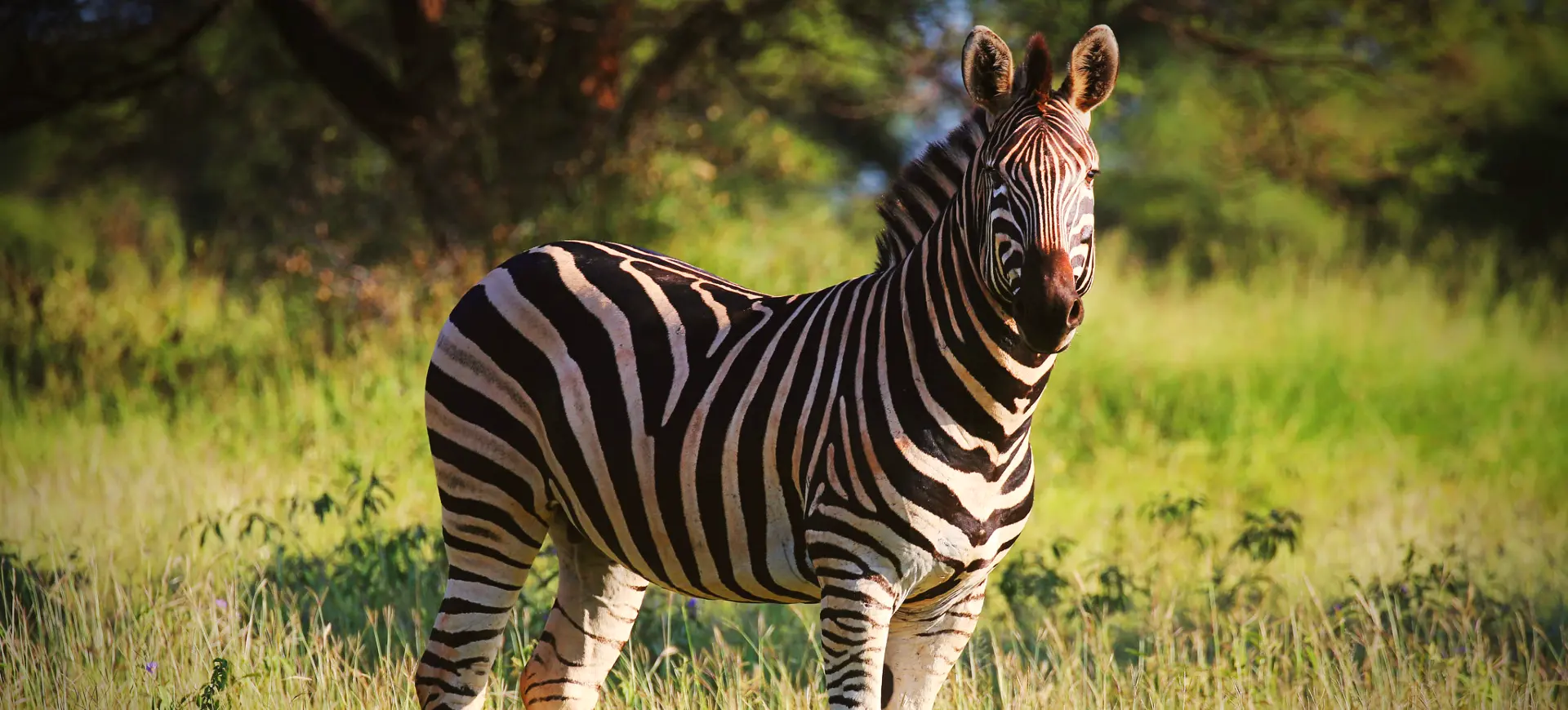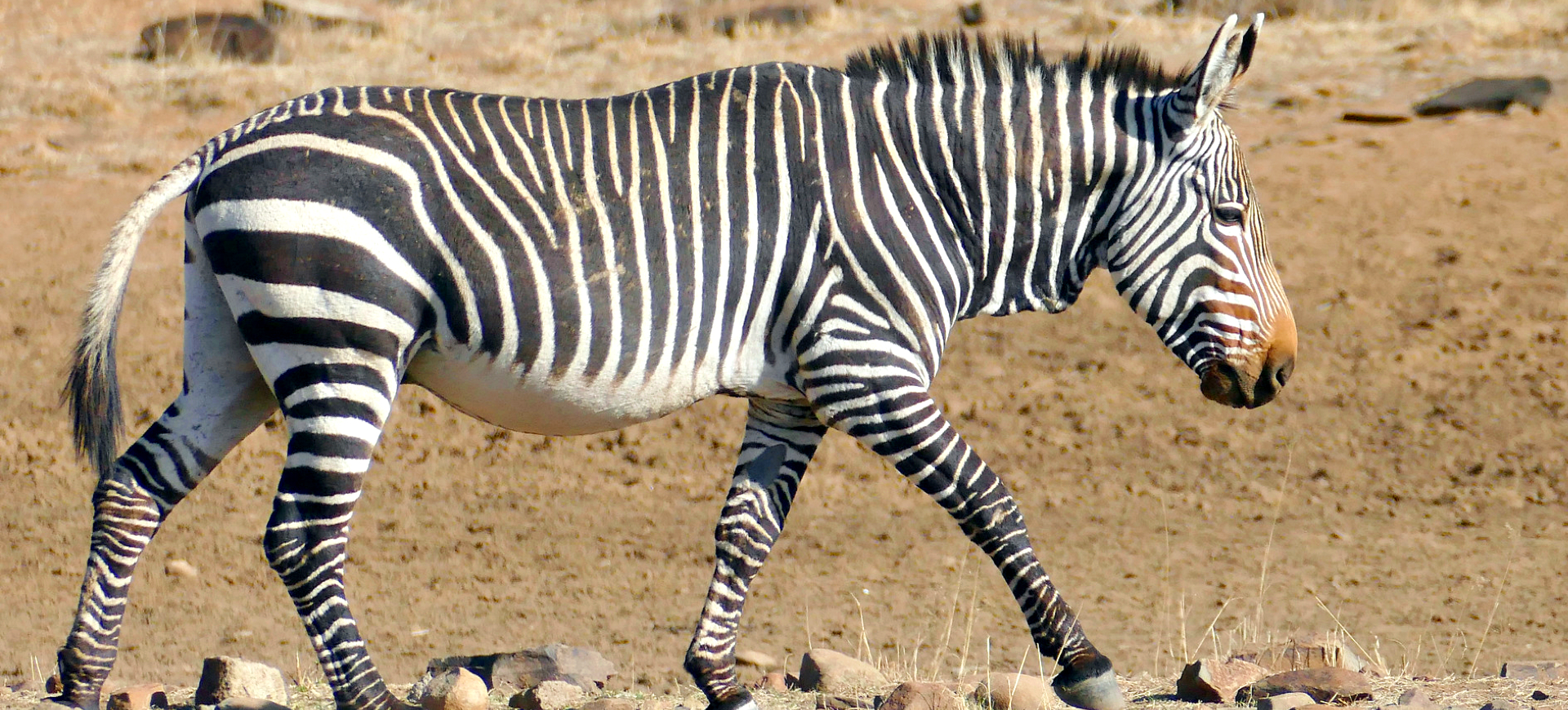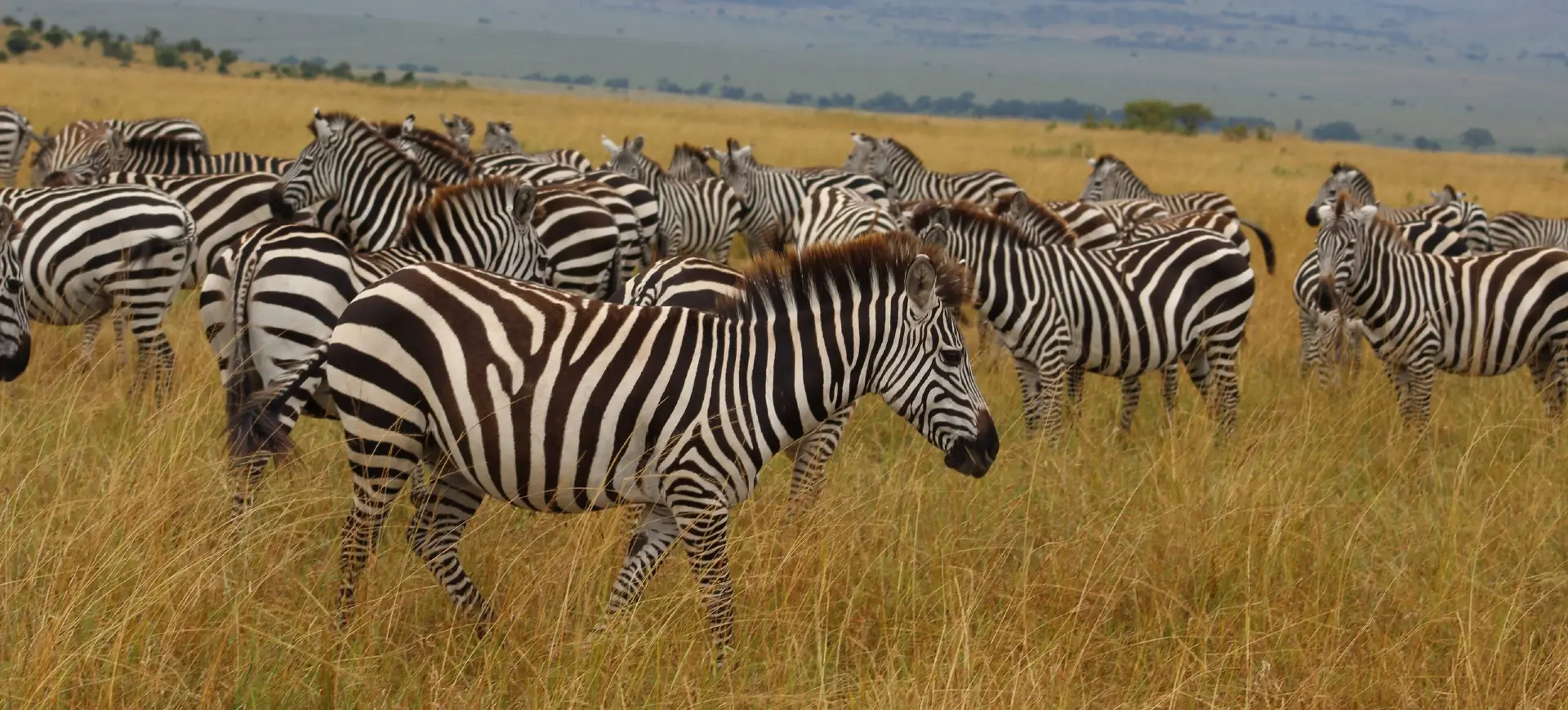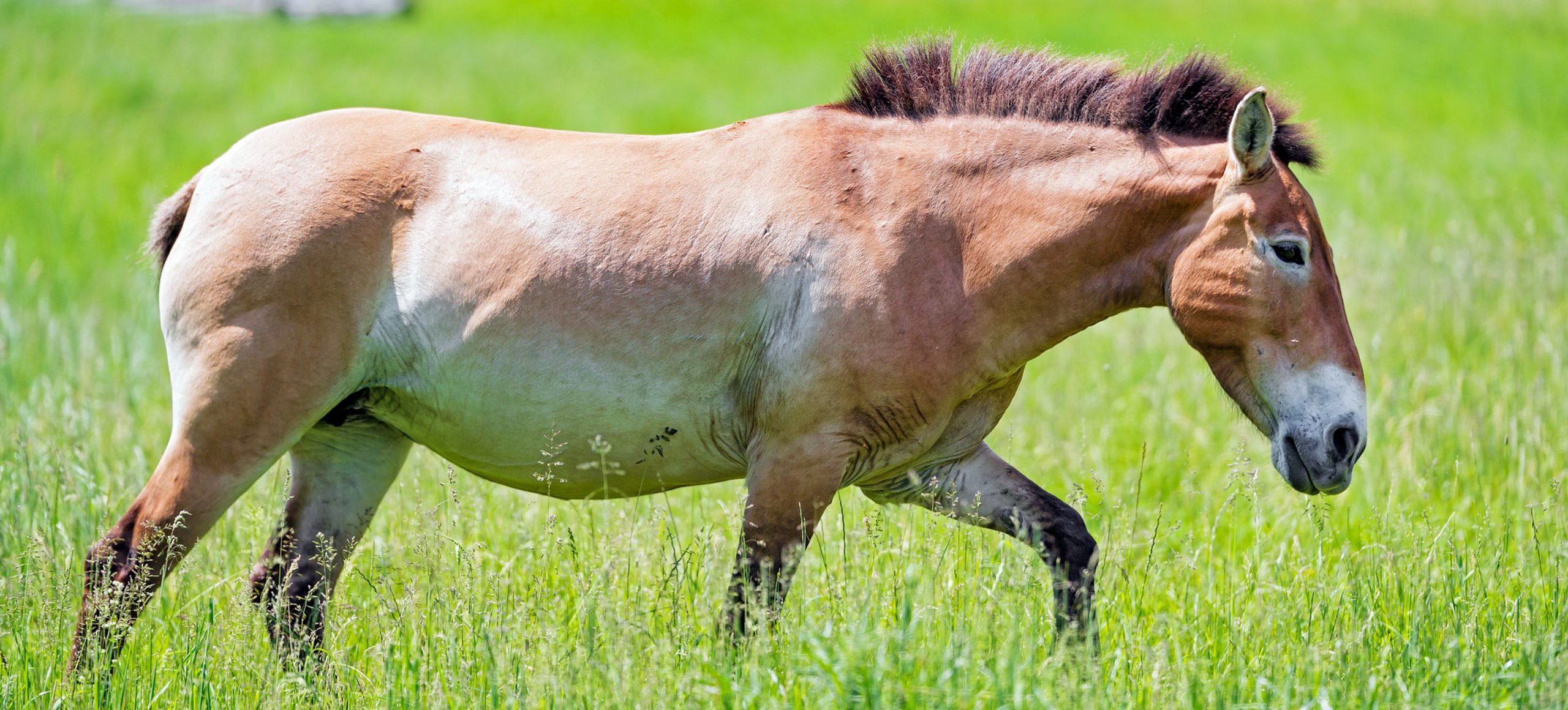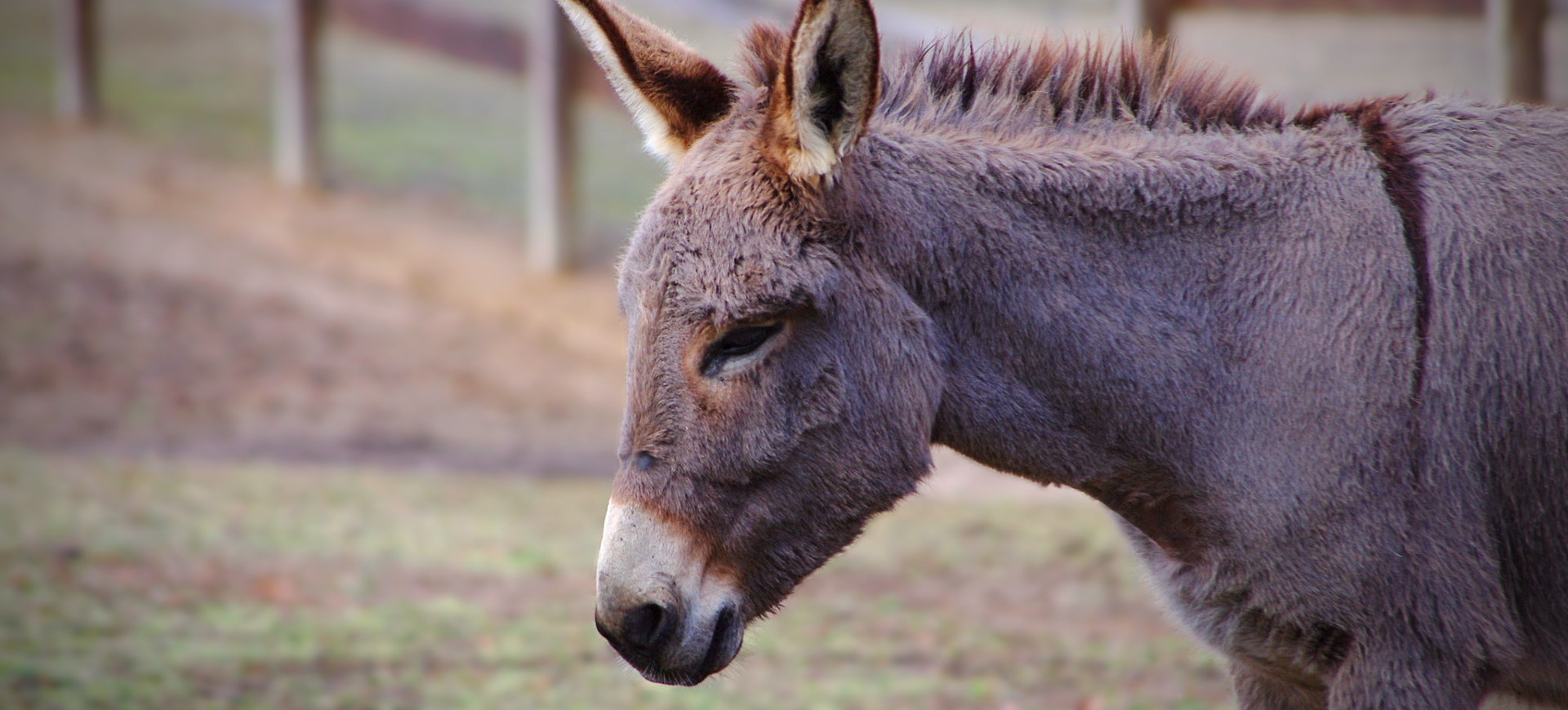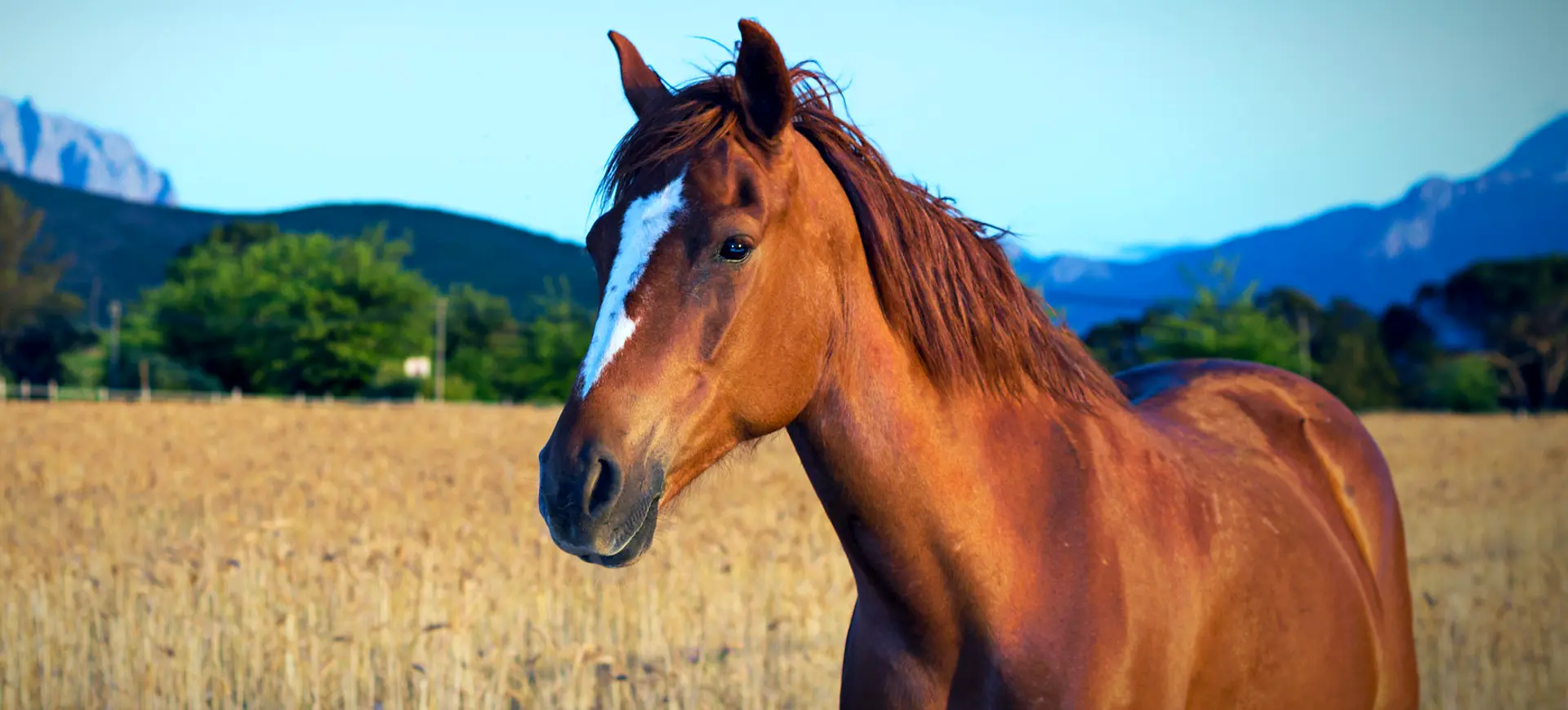Overview
The Grévy’s zebra, the largest of the three species of zebras, is known for its distinct appearance and unique behaviors. This species is characterized by its narrow, closely spaced black stripes, large round ears, and thick, mule-like neck. Unlike other zebras, Grévy’s zebras do not live in stable family groups, and their social structure is much more fluid and flexible. They are named after Jules Grévy, a former president of France, to whom the first known specimen of the species was sent in 1882.
Grévy’s zebras are primarily grazers, but unlike many other grassland herbivores, they can survive without water for up to five days. This adaptability gives them an advantage in the arid environments they inhabit. Despite this, their numbers are in decline due to habitat loss, competition with livestock, hunting, and disease. Efforts are being made to protect the species and ensure their survival.
Their iconic striped pattern provides camouflage against predators and is believed to play a role in social interactions and thermoregulation. Each individual boasts a unique set of stripes, much like human fingerprints. Despite being less numerous than Plains Zebras, they are a sought-after sight on African safaris and are integral to promoting wildlife conservation and ecotourism.
Taxonomy
Kingdom
Phylum
Class
Order
Family
Genus
Species
Type
Physical Description:
Grévy’s zebras are the largest of all wild equine species, distinguished by their narrow stripes, which are closer together than those of other zebra species, and extend to their hooves. Unlike other zebras, they have a white belly and large, round ears. They also have long, thick necks and muscular bodies.
Grévy’s zebras have a striking black-and-white striped pattern unique to each individual. The stripes may serve several purposes, including providing camouflage in tall grass, deterring biting insects, and dissipating heat. Their large ears rotate independently and are highly expressive, conveying their mood and alertness to other zebras and potential predators.

Lifespan: Wild: ~20 years || Captivity: ~30 years

Weight: Male: 880-990 lbs (400-450 kg) || Female: 770-880 lbs (350-400 kg)

Length: Male & Female: 7.9-9.3 feet (2.4-2.8 meters) including the tail

Height: Male & Female: 57-61 inches (145-155 cm) at the shoulder

Top Speed: 40 mph (64 km/h)
Characteristic:
Native Habitat:
The Grevy’s Zebra inhabits semi-arid grasslands with access to a permanent water source. Its range extends from southern Ethiopia through northern and eastern Kenya. The species prefers to live in areas dominated by acacia and bushland.
They can be found at elevations ranging from sea level to highland plateaus. Like other zebra species, Grevy’s Zebras can tolerate arid conditions and have adapted to survive several days without water.
Biomes:
Biogeographical Realms:
Continents:
Diet:
Diet & Feeding Habits:
Grévy’s zebras are primarily grazers, with a diet mostly of grasses. However, they also eat leaves, bark, roots, and fruits, especially during drought or when grass is scarce. Their strong teeth allow them to chew and digest tough, fibrous plant matter, and they can extract a large amount of moisture from their food, reducing their need for drinking water.
Their ability to consume a wide variety of plant materials gives Grévy’s zebras a competitive advantage in their arid habitats. However, they must still compete with other herbivores for resources, particularly during the dry season when food and water are less abundant.
Mating Behavior:
Mating Description:
Grévy’s zebras have a unique breeding system among equids. Unlike other zebra species, males maintain territories rather than harems of females. These territories are marked and defended by the resident stallion. Females move freely through territories, mating with the resident males.
The breeding season of Grévy’s zebras usually coincides with the rainy season. The gestation period lasts approximately 13 months, after which a single foal is born. Foals are weaned at around eight months of age but may remain with their mothers for up to three years.
Reproduction Season:
Birth Type:
Pregnancy Duration:
Female Name:
Male Name:
Baby Name:
Social Structure Description:
Grevy’s Zebras display a remarkable social structure among the equid family. Males predominantly lead a solitary lifestyle, establishing and rigorously defending their territories. These territories often encompass critical resources, such as watering holes attracting female zebras. Males employ a variety of tactics, from vocalizations to displays of aggression and even physical combat, to deter other males from encroaching on their territories.
On the other hand, females and their young form fluid, temporary groupings rather than the stable, tightly-knit herds more common among other zebra species. These associations are variable, with members frequently joining and leaving groups. Notably, adult females do not forge strong social bonds as seen in other zebra species. The interaction between males and females primarily occurs during mating, with female zebras choosing to enter the territories of males for this purpose. This distinctive social system of Grevy’s Zebras results from their adaptation to the harsh, resource-limited environments they inhabit.
Groups:
Conservation Status:
Population Trend:
The population of Grevy’s Zebras has been declining over the past few decades due to habitat loss, hunting, and competition with livestock. They are now confined to a much smaller range than they previously occupied.
Their populations are also fragmented, which limits the genetic diversity within populations and makes them more susceptible to disease outbreaks. The largest population of Grevy’s Zebras is found in Kenya, with a smaller, isolated population in Ethiopia.
Population Threats:
The Grevy’s Zebra faces numerous threats, including habitat loss due to agricultural expansion and settlement, competition with livestock for resources, and hunting for their beautiful skins. Additionally, they are vulnerable to anthrax and African horse sickness, and periodic droughts pose a significant threat.
Climate change is an emerging concern, as it may lead to increased frequency and severity of droughts, further impacting the availability of food and water resources.
Conservation Efforts:
Conservation efforts for Grevy’s Zebra involve protecting its habitat, regulating hunting, and managing and reducing conflict with local communities. Protected areas have been established, and community-led initiatives are in place to conserve the species.
Efforts are also made to monitor the population and health status of the species through aerial surveys and disease surveillance. Public awareness and education campaigns are conducted to foster local community engagement in conservation efforts.
Additional Resources:
Fun Facts
- Grévy’s zebras are the largest of all wild equine species.
- Grévy’s zebras have a white, stripeless belly, unlike other zebra species.
- Their large ears rotate independently and are highly expressive.
- A Grévy’s zebra’s stripes are as unique as a human fingerprint.
- Grévy’s zebras can survive without water for up to five days despite their size.
- They have a mule-like appearance, with a large head, ears, and a thick neck.
- Grévy’s zebras have a longer gestation period than any other equine species.
- The Grévy’s zebra was named after Jules Grévy, a president of France in the 1880s.
- They can run up to 40 mph (64 km/h), making them one of the fastest equine species.
- Grévy’s zebra foals can stand, walk and suckle shortly after birth.






